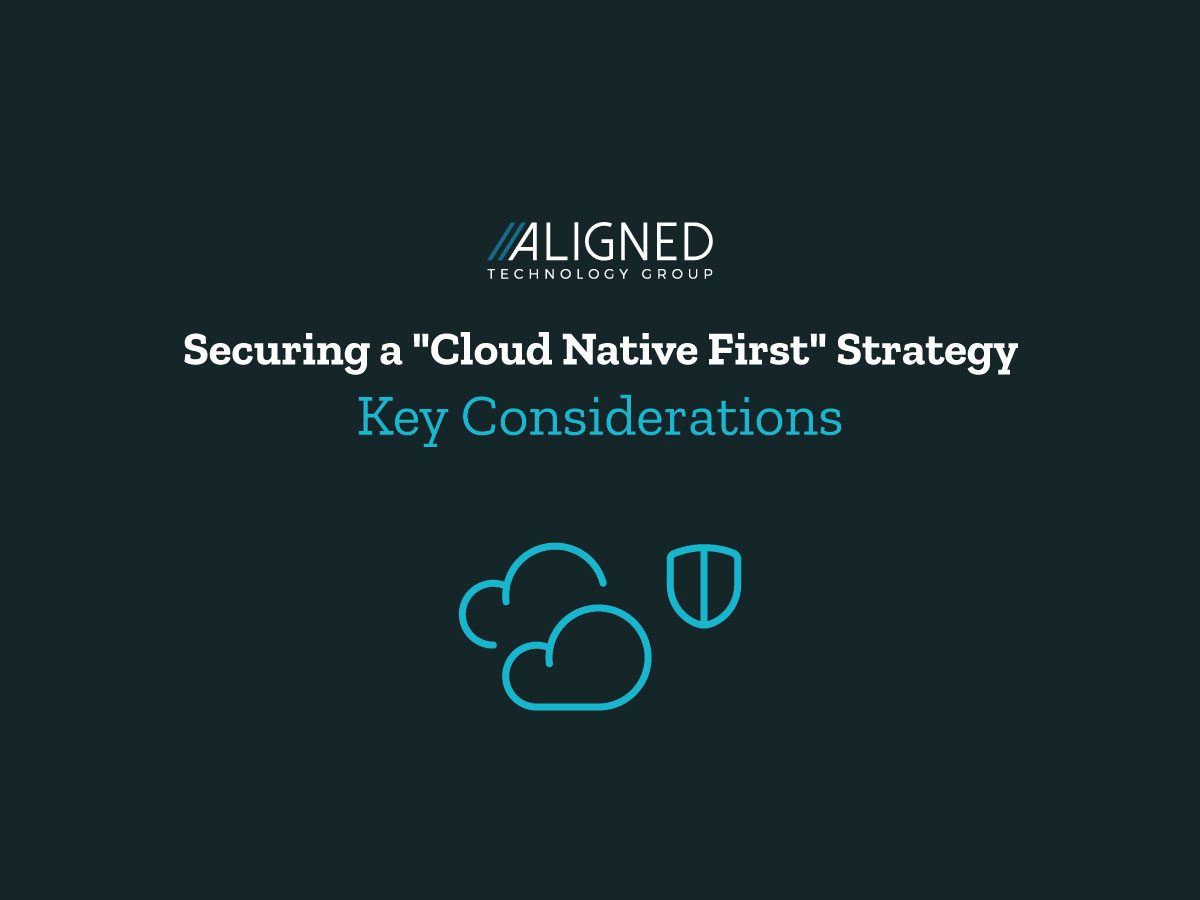
Securing a “Cloud Native First” Strategy
As organizations increasingly adopt cloud-native technologies and practices, a “Cloud Native First” strategy is emerging as a popular approach to build and deploy applications that are scalable, resilient, and easily managed. However, alongside the numerous benefits of this approach, the importance of information and cyber security must not be overlooked. In this article, we will explore the significance of information and cyber security in supporting a successful Cloud Native First strategy and discuss the key considerations for organizations embarking on this journey.
Why Information and Cyber Security Matter in a Cloud Native First Strategy
A Cloud Native First strategy aims to leverage the full potential of cloud-native technologies, including containerization, orchestration platforms like Kubernetes as well as serverless and microservices architectures. While these technologies promise agility, scalability, and cost-effectiveness to application development and deployment, they also introduce security challenges that must be addressed.
Expanded Attack Surface
With the increased use of cloud services, including APIs, and microservices, the attack surface expands, creating more opportunities for cyber threats to infiltrate an organization’s infrastructure. Ensuring robust security measures are in place to protect against unauthorized access and data breaches is a critical factor in a Cloud Native First strategy.
Shared Responsibility Model
In a cloud-native environment, security responsibilities are shared between the cloud service provider and the organization. While infrastructure and platform as-a-services cloud providers are responsible for securing the underlying infrastructure, organizations are responsible for securing the applications, data, and configurations within their cloud environments. Understanding and effectively managing this shared responsibility on a workload-by-workload basis is essential for maintaining robust information and cyber security.
Identity and Access Management
As organizations move towards a Cloud Native First strategy, managing access to cloud users, resources and applications becomes more complex. Ensuring that users, services, and machines have the appropriate permissions and access to resources is crucial for maintaining security and preventing unauthorized access.
Data Protection and Compliance
Protecting sensitive data and maintaining compliance with regulatory standards is of utmost importance in a cloud-native environment. Organizations must ensure that data is encrypted both in transit and at rest, and that proper data management and retention policies are in place to meet compliance requirements.
Strategies for Implementing Information and Cyber Security in a Cloud Native First Approach
Security by Design
Incorporate security best practices into the development lifecycle from the beginning. Implementing a DevSecOps approach, which integrates security into the continuous integration and continuous delivery (CI/CD) pipeline can help identify and remediate application and infrastructure related security issues early on, reducing the risk of vulnerabilities making their way into production environments.
Automate Security Processes
Leverage automation tools and processes to continuously monitor and enforce security policies across your cloud-native infrastructure. This includes automating vulnerability scanning, patch management, and configuration management to ensure an acceptable security posture throughout your environment.
Implement Zero Trust Principles
Adopt a zero-trust approach to security, which assumes that no user, device, or network should be trusted by default. Implement strong authentication and authorization mechanisms, such as multi-factor authentication (MFA) and role-based access control (RBAC), to minimize the risk of unauthorized access to your cloud-native resources.
Regularly Review and Update Security Policies
Stay up to date with the latest security best practices and continuously review and update your security policies to ensure they remain effective in the face of evolving threats and technologies.
Conclusion
A successful Cloud Native First strategy requires a strong foundation of information and cyber security. By understanding the unique security challenges presented by cloud-native environments and implementing robust security measures, organizations can confidently embrace the benefits of cloud-native technologies while minimizing the risks associated with cyber threats. By prioritizing security alongside agility and scalability, organizations can successfully navigate the complexities of cloud-native environments and reap the rewards of a truly Cloud Native First approach.
Manny Landron

